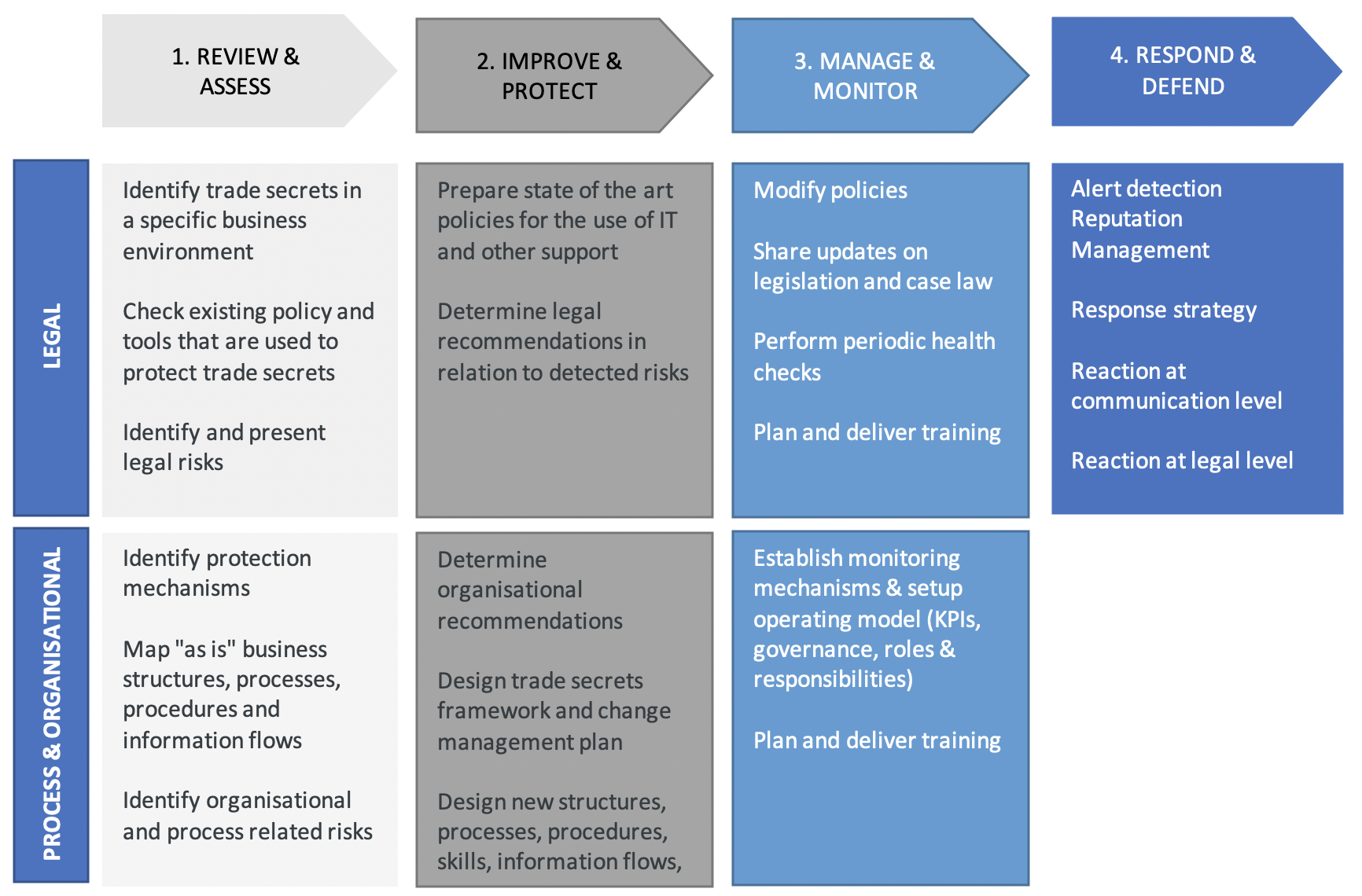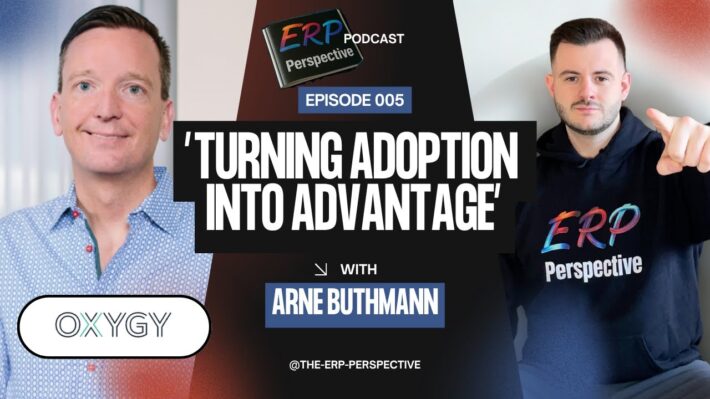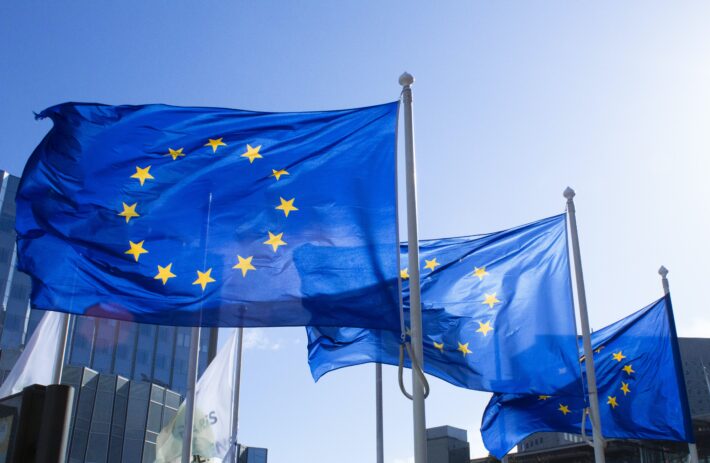Four reasons why Trade Secrets should be your company’s priority
In recent years, data security and privacy vulnerabilities predominantly shaped organizations’ data management approach due to the significant fines and reputational risks involved. This, inevitably, outweighed the focus on trade secrets management, despite the severity and likelihood of the risks being equally crucial and compliance comparably challenging.
So, why is now the time now for businesses to add trade secrets management to their top data risk priorities?
1. Law changes and increased litigation:
Recently, there have been dramatic changes to trade secret laws around the world;
- The European Union Directive on Trade Secrets was published on 8 June 2016, and required to be implemented in Member States by 9 June 2018;
- Japan’s Unfair Competition Prevention Act had a major update on 1 Jan 2016 following 5 incremental changes since 2003;
- The USA’s Defend Trade Secrets Act (DTSA) was signed into law on 11 May 2016;
- China updated its Anti Unfair Competition Law twice in two years: first one on 1 Jan 2018 and then on 23 Apr 2019.
Following these changes, there has been a significant increase in trade secrets disputes and misappropriation litigation. Stout’s “2020 Trends in Trade Secrets Litigation Report” on US trade secret litigation reveals that “in the five years preceding the DTSA, 2010 through 2015, approximately 1,100 federal trade secret cases were filed per year” and “From 2017, after the enactment of the DTSA, approximately 1,400 cases were filed per year demonstrating the increase in federal trade secret litigation”.
2. The impact of emerging new collaboration models
Collaborations and intertwined organisational relationships are essential ingredients of today’s globalised business environment. Businesses today interact with public bodies such as: universities, associations, standardization institutes; they outsource work to key suppliers, vendors, and service providers; they cooperate with innovation networks, technology houses and industry leaders. On these occasions, it is common practice to protect trade secrets by use of NDAs or other similar contractual frameworks to protect parties’ interests. However, it is rare for any assessment or review to take place on measures and protection mechanisms during pre- or post-contractual business interactions. If such trade secrets are not properly respected, any breach or mistreatment may cause significant damage to reputation, impact key partnerships and perhaps result in a costly lawsuit.
Relying solely on contractual measures fails to ensure adequate mitigation of trade secret risks stemming from the growth of business relationships. In fact, 37% of trade secrets issues from Stout’s 2020 Trends in Trade Secrets Litigation Report come from mismanaged business relationships.
3. The growing attention paid by the Financial Services sector and its related authorities
There is growing interest in intangible assets including trade secrets by the tax authorities:
The OECD BEPS Guidelines include trade secrets as an intangible asset requiring proper management. Much of the EU’s Anti Tax Avoidance Directive (ATAD) enacted on 1 January 2019 relates to intangibles including trade secrets. Patent Box Tax Regimes in a number of jurisdictions now allow trade secrets as qualifying IP. The US Government is encouraging US companies to repatriate their IP back to the US by lowering tax rates for royalties received from all forms of IP to be materially less than the rate on ordinary corporate income.
The International Accounting Standards Board standard 38 (IAS 38) defines an intangible asset as: “an identifiable non-monetary asset without physical substance.” IAS 38 specifies the three critical attributes of an intangible asset to be …
- identifiability
- control (power to obtain benefits from the asset)
- future economic benefits (such as revenues or reduced future costs)
IAS 38 contains examples of intangible assets such as customer lists, copyright, patents and franchise agreements. Trade secrets qualify as far as IAS 38 is concerned, provided that three attributes above are satisfied.
4. Remote working presents a new series of vulnerabilities
While working-from-home is not a novel concept, the fact that countless businesses have made the transition to remote-working in a few days and are now two months into a new way of working pose significant risks.
Businesses now need to find a way to make certain information and know-how accessible from any location while trusting their employees to comply with protection mechanisms. Before COVID, insider threats accounted for over 34% of all data breaches (2019 Verizon Data Breach Investigation Report); how many more intentional or unintentional breaches occur now that digital has become the default medium?
Most of the vulnerabilities that lead to potential trade secrets violations must be addressed jointly by legal, IT and HR functions. Employee satisfaction, staff churn-rate and third-party supplier engagements (consultants/contractors) are variables significantly affecting a business’ trade secret integrity. HR has a vital role in raising awareness about trade secrets and in training staff and contractors on the protection mechanisms and inherent responsibilities.
How to approach the problem
Managing trade secrets is challenging on a number of levels, from identifying the secrets specific to your business, to ensuring ongoing management and governance. Similar to the aforementioned data-related matters, these steps pose multi-layered risks within the people, processes, law and technology domains.
Effective trade secret management requires an effective strategy to identify the risks and threats around trade secrets and to generate necessary solutions covering the organisational, legal and technical aspects of the issue. A fit-for-purpose approach needs to be adopted to generate pragmatic and interdisciplinary solutions.
How we can help
In light of the above, we have joined forces to be able to cover all aspects of trade secrets management and to establish an end-to-end framework.
OXYGY and Bird & Bird together offer an integrated approach which is powered with technical solutions, in particular the HAZEL and Smart Audit platforms designed by Chawton Innovation Services.
In doing so, we not only provide holistic support including legal, operational and organisational risk management, but also ensure guidance about on-going management and ownership of trade secrets across the organisation.
We have designed a phased approach to shed light on the root causes of threats and handle scenarios systematically.
Each step aims to contemplate the specific and bespoke outcome fitting the needs and dynamics of the organisation in scope.
The first three phases aim to establish an effective trade secrets framework, in order to identify any current protection issues, design solutions to minimize the risk of leakage and create a suitable organisational structure to manage trade secrets over time. The deliverables of these three phases are the outcome of the integration between legal, organisational and IT advice. The fourth phase will rely more heavily on legal input, in particular since a breach may lead to court action, although there are likely to be organisational and IT elements to the response solution. Having a proper trade secrets framework in place, covering all these phases will dramatically strengthen the position of an organisation facing a legal dispute, whether as the owner, or alleged recipient, of trade secrets.
In the next articles, we will explore in further detail each phase of this integrated framework, showing how legal, organisational and fit for purpose IT capabilities create a very distinctive solution for Bird & Bird and OXYGY clients.
About the authors
Edoardo Monopoli – CEO, OXYGY
Since 1995, I have partnered with senior executives on their personal, leadership team and business strategies for sustainable success, combining performance improvement with real people engagement.
Rob Williams – Partner, Bird & Bird LLP
I am a partner and co-head of our Intellectual Property Group in Bird & Bird LLP in London where I use my deep-level experience of complex IP strategy and disputes to advise clients from a range of IP-rich industries.
Donal O’Connell – Managing Director, Chawton Innovation Services
My involvement with IP started back in 2003 when I became Director of IP at Nokia. I established Chawton Innovation Services in 2009, a company which has a strong focus on all things trade secret and trade secret asset management related.
Merve Gozukucuk-Ugurlu – Senior Consultant, OXYGY
I am an experienced compliance consultant providing support on change management, process improvement and organisational governance triggered by data-centric regulatory compliance matters.
Yuji Develle – Consultant, OXYGY
My strengths lie in collaborating with stakeholders in complex business ecosystems and in creatively designing new solutions to difficult problems.
I am passionate about exploring the tender interaction between technology and business models.







